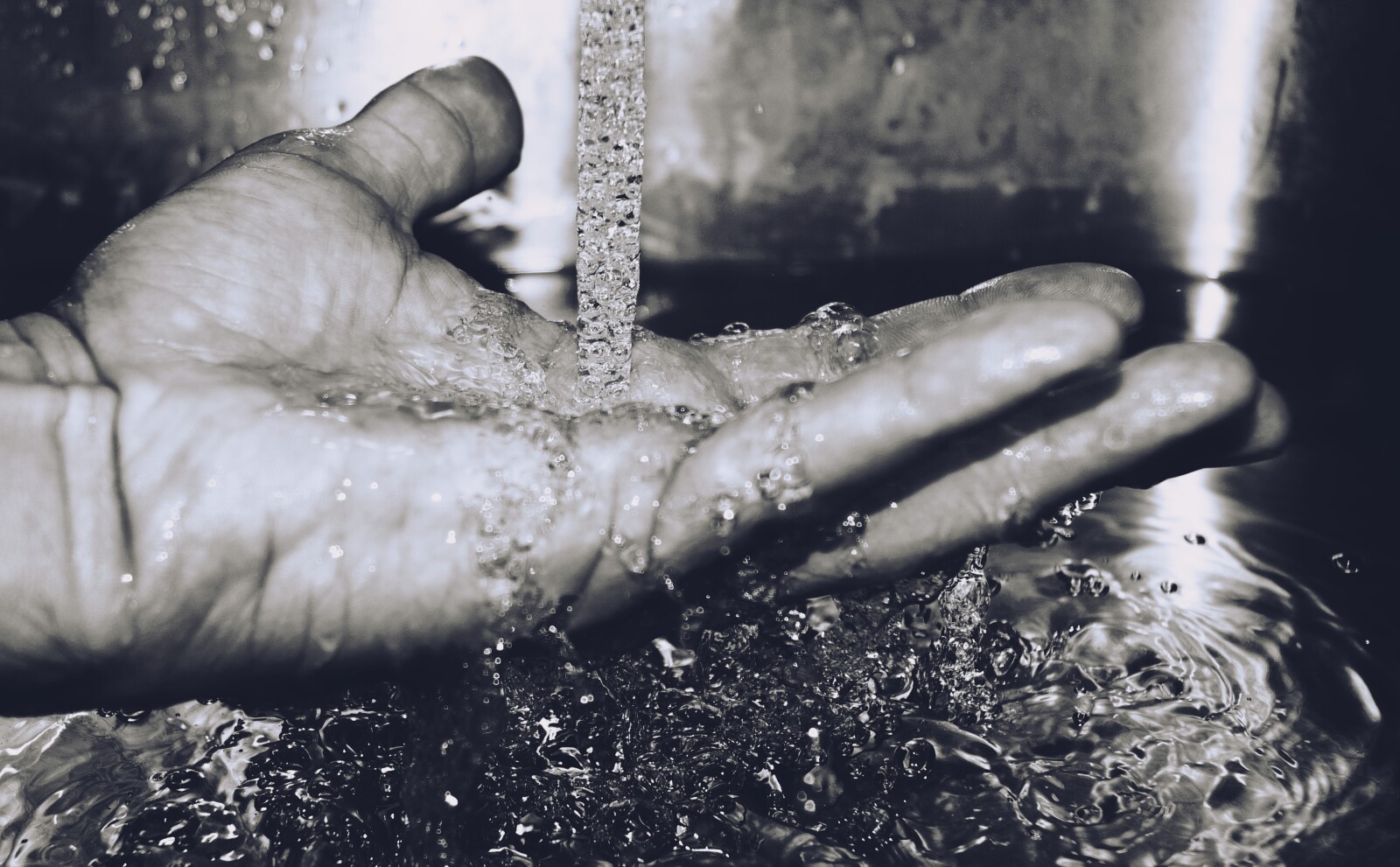Heroes to Victims: Personal Narratives of Camp Lejeune Water Tragedy
This article explores the historical events of Camp Lejeune's water contamination crisis, through personal narratives and its subsequent health impacts. Additionally, it delves into the legal actions taken for victims' advocacy.

By examining this environmental catastrophe, insights can be drawn into public health policies and military practices, contributing to a broader understanding of societal responsibilities in such crises.
Key Takeaways
- Camp Lejeune, a marine training base in North Carolina, was contaminated due to the improper disposal of hazardous substances, leading to toxic pollutants infiltrating the water supply.
- Personal narratives from individuals stationed at Camp Lejeune highlight the alarming pattern of serious health issues, including increased prevalence of cancers, neurological disorders, and reproductive problems, linked to the contaminated water supplies.
- Legal actions and advocacy efforts have been pursued to seek justice for the victims, including lawsuits against the federal government and the enactment of the Janey Ensminger Act in 2012, providing medical care for affected individuals.
- Victims of the Camp Lejeune water tragedy face complex legal challenges, protracted legal battles, and difficulty in obtaining accountability and compensation, highlighting the challenges they have to overcome.
The Historical Background of Camp Lejeune

Established in 1941, Camp Lejeune has an intricate historical background that is deeply intertwined with the evolution of military training and infrastructure in the United States. Named after Lieutenant General John Archer Lejeune, the 13th Commandant of the Marine Corps, this base has served as a pivotal point for marine training experiences and Lejeune's infrastructure evolution.
The camp's foundation was laid during World War II when there was an urgent need to train Marine combat units for amphibious warfare. The location chosen, Onslow County in North Carolina, offered miles of beach suitable for seaborne landing practices and vast expanses of unpopulated land perfect for field artillery and infantry maneuvers.
Over time, Camp Lejeune underwent a significant transformation to accommodate the changing needs of marine training experiences. New facilities were constructed including rifle ranges, tank training areas, amphibious assault practice locations along with aviation fields which enhanced its capacity to provide comprehensive combat readiness programs.
Simultaneously, Lejeune infrastructure development reflected advancements made across several aspects including housing arrangements, medical facilities along with recreational centers adhering to modern standards. The camp also became a strategic hub during various military operations such as Operation Desert Storm/Desert Shield due to its advanced logistics support capabilities.
Despite several challenges faced over decades including environmental issues like water contamination tragedies in the late 20th century notably linked to volatile organic compounds (VOCs), Camp Lejeune persevered and remains operational to date embodying its motto 'Preserving Freedom.
Personal Stories From the Frontlines
These accounts serve as oral histories that shed light on life at Camp Lejeune. They highlight not only valorous acts during military service but also unusual health problems faced by service members and their families. These personal struggles range from strange ailments in adults to unexplained illnesses in children born or raised in the camp.
Many narratives illustrated an alarming pattern: numerous individuals stationed at Camp Lejeune between 1953 and 1987 developed serious health issues presumed to be linked to contaminated water supplies. This revelation has stirred controversy regarding accountability and compensation for affected parties.
Furthermore, these stories reveal a collective struggle for recognition - a battle fought not against enemy combatants but against bureaucratic passivity and disbelief within government institutions responsible for veterans' welfare. Although these narratives are deeply personal, they collectively attest to systemic oversight failure that placed unsuspecting individuals at risk.
The Unveiling of the Water Crisis

The crisis related to contaminated drinking resources unfolded over several years, revealing an alarming pattern of systemic negligence and oversight failures. This water contamination issue at Camp Lejeune became evident through careful examination of documented evidence and personal narratives. The contamination source was traced back to hazardous substances improperly disposed of in the camp's vicinity, resulting in toxic pollutants infiltrating the water supply.
Crisis communication was critical throughout this situation. Transparency about the circumstances surrounding the water contamination was necessary for public trust and safety. However, initial attempts at communicating this crisis were marked by obfuscation and denial, exacerbating public concern while delaying remediation efforts.
Further investigation uncovered decades-long exposure of military personnel and their families to carcinogens such as trichloroethylene (TCE), tetrachloroethylene (PCE), vinyl chloride, and benzene, among others. These chemical compounds have been linked with severe health complications including cancers; neurological disorders; birth defects; liver damage; and impairment of immune system functions.
The handling of this environmental catastrophe has raised questions regarding responsibility and accountability from both a legal and ethical perspective. Litigation ensued as affected parties sought compensation for medical expenses and suffering caused by the prolonged exposure to these harmful chemicals.
The Health Impact and Aftermath

In the wake of the contamination crisis, major health impacts have been documented, with a myriad of long-term effects continuing to unfold in affected populations. This phenomenon is largely attributable to various contaminant sources that infiltrated the water supply; these include industrial pollutants, hazardous waste products, and even radioactive materials.
The aftermath of this crisis has revealed a wide spectrum of health issues among those exposed to these contaminants. Studies indicate an increased presence of cancers such as leukemia and non-Hodgkin lymphoma, along with conditions like liver disease and kidney damage. Neurological disorders have also been reported, alongside reproductive problems including birth defects and infertility.
These findings not only highlight the severe implications for individual health but also the broader societal ramifications. The economic burden associated with healthcare costs and lost productivity due to illness are substantial echoes of this disaster.
The health recovery journey for victims is multi-faceted and often arduous. It involves processes such as detoxification treatments aimed at reducing bodily concentrations of contaminants, ongoing monitoring for potential diseases linked to exposure, psychological support for emotional trauma experienced during this ordeal, and legal action against responsible parties in pursuit of compensation for incurred damages.
Efforts towards environmental remediation are essential in preventing future crises similar to this one. These initiatives involve identifying contaminant sources promptly before they pose consequential threats to human health or natural ecosystems. Moreover, stricter regulations on wastewater management practices by industries could help curb pollution levels in water supplies.
Legal Actions and Advocacy Efforts

Legal actions and advocacy efforts have played a meaningful role in the aftermath of the contamination crisis, providing a much-needed platform for those affected to seek justice and redress. Faced with what is considered one of the largest water contamination events in U.S. history, victims of Camp Lejeune's tragedy needed to navigate complex legal challenges in their quest for accountability and compensation.
Multiple lawsuits were filed against the federal government, alleging negligence and failure to ensure safe living conditions for residents. However, these cases often met obstacles due to sovereign immunity principles that protect the government from certain types of lawsuits. Legal battles became protracted affairs, with many victims struggling for years before seeing any resolution.
Parallel to this legal struggle was an array of advocacy strategies aimed at changing legislation or policy related to contaminated military bases like Camp Lejeune. Advocacy groups worked tirelessly to raise awareness about the issues surrounding toxic exposure at military facilities. Their work contributed immensely towards legislative changes such as The Janey Ensminger Act 2012 which provides medical care for people affected by contaminated water at Camp Lejeune.
Frequently Asked Questions
What Are Some of the Long-Term Psychological Effects Experienced by the Victims of the Camp Lejeune Water Tragedy?
Long-term psychological effects observed in Camp Lejeune water tragedy victims include PTSD, anxiety, and depression. Victim resilience varies but can be enhanced through therapeutic interventions such as counseling and cognitive behavioral therapy.
How Did the Local Community React and Provide Support During the Water Crisis at Camp Lejeune?
Community response to the Camp Lejeune water crisis was characterized by widespread support, with various aid initiatives launched to assist affected individuals, demonstrating collective resilience and commitment in times of adversity.
Have There Been Any Similar Water Crisis Incidents at Other Military Bases in America or Around the World?
Indeed, global military crises have occurred involving water contamination. For instance, the Kadena Air Base in Japan and the Wurtsmith Air Force Base in America have faced similar issues due to lax military base regulations.
What Measures Have Been Taken Since the Incident to Ensure Safe Water Supply in Military Camps?
Post-incident measures for ensuring safe water supply in military bases include advancements in water filtration technologies and upgrades to the base infrastructure, reflecting a commitment to thorough research and fact-based actions.
How Has This Tragedy Influenced the Policies and Procedures for Environmental Safety in Military Installations?
The Camp Lejeune tragedy has significantly impacted policy implementation and environmental legislation, prompting stringent measures for water safety and environmental protection within military installations to prevent similar future incidents.
Conclusion
The water contamination crisis at Camp Lejeune illustrates a notable public health disaster with lasting effects. It underscores the crucial need for stringent environmental regulations and routine checks in military bases.
The ensuing legal actions and advocacy efforts highlight the power of individuals in demanding accountability from large institutions.
Further research could provide insights into preventing similar incidents in the future, ensuring the safety and well-being of military personnel worldwide.




